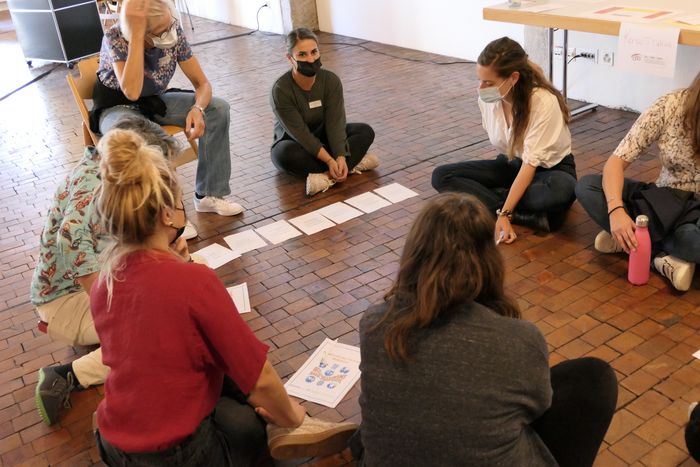Focus on Non-Formal Education
“Who has the same favourite animal as you?” “Position yourself in the room in a way that expresses whether you agree or disagree with a statement.” Or: “Sit down on the floor without using your arms.” At the Youth in Action annual event, which was organised in cooperation with SAJV and DSJ, participants were asked to respond to such questions and follow this kind of instructions. In this way, different approaches to non-formal education were used throughout the event – from introductory questions to discussion topics all the way to workshop interactions. But what exactly is non-formal education?
Non-formal education is the term used to describe planned, structured, self-directed learning. It takes place outside of the formal school system and the learning opportunities are accessible to everyone. Because non-formal education is voluntary in nature, the learning outcomes can be assessed in many ways: from self-assessment by the participants themselves all the way to formalised certificates.
In short: Non-formal methods are not only extremely educational for learners and organizers, but they also allow for participants to get to know each other and motivate them to become actively involved. You can find more information about non-formal education and its recognition here.
Sounds exciting, right?
The toolkit from Movetia contains information about non-formal methods that were demonstrated live during the event. It also includes links to other non-formal methods and tools. We hope you enjoy trying out these methods and wish you lots of success!
Download
-
.pdf2 MB
